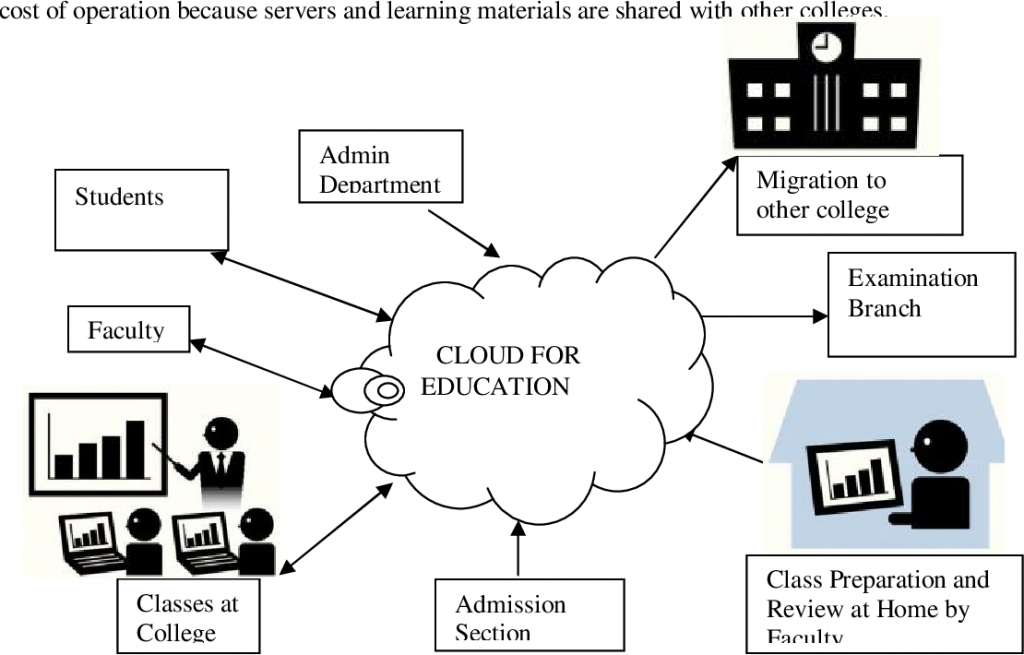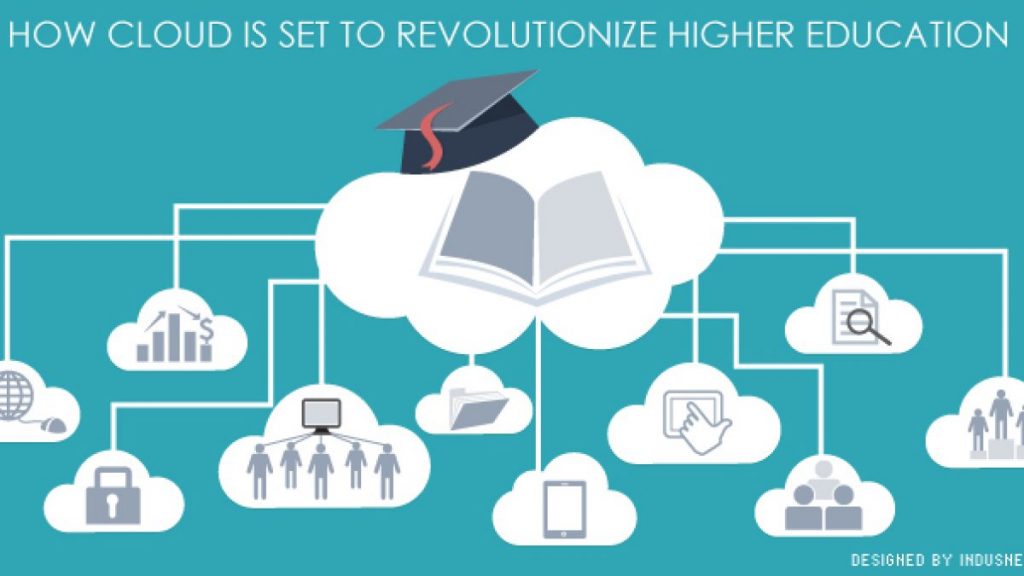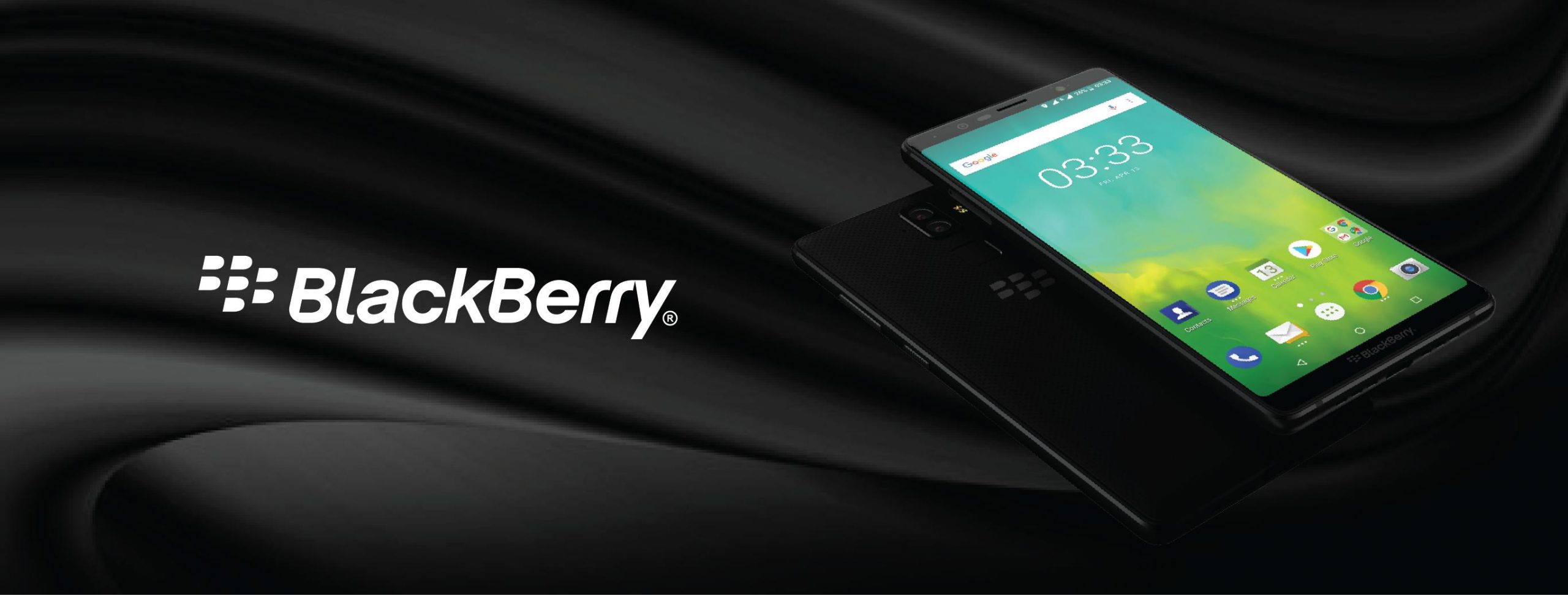
Education, once confined to the four walls of a classroom, has now transcended traditional boundaries thanks to the advent of cloud computing. In today’s digital age, where information is at our fingertips, cloud computing has emerged as a transformative force in the education sector. But what exactly is cloud computing, and why is it so important for education?
Cloud computing refers to the delivery of computing services, including storage, software, and processing power, over the internet. It eliminates the need for physical infrastructure and allows users to access resources and applications from anywhere, at any time. In the realm of education, cloud computing has opened up a world of possibilities for both educators and learners.

Cloud computing offers a host of benefits that revolutionize the learning experience. Firstly, it provides a cost-effective solution for educational institutions. By shifting their infrastructure to the cloud, schools and universities can save on hardware and maintenance costs. Scalability is another advantage, as cloud services can be easily adjusted to accommodate fluctuating student populations and evolving needs.
Furthermore, cloud computing enables seamless access to educational resources. Gone are the days of limited access to textbooks or software. With cloud-based applications and storage, students can now access course materials, collaborative tools, and virtual libraries from any device, be it a laptop, tablet, or smartphone. This flexibility empowers learners to take control of their education, fostering independent and self-paced learning.
Cloud computing also enhances collaboration and communication within the education ecosystem. Students and teachers can collaborate on projects in real-time, regardless of their physical location. Virtual classrooms and video conferencing tools have made it possible to connect and learn from experts around the globe. This interconnectedness not only broadens students’ horizons but also nurtures a sense of global community and cultural understanding.
Moreover, cloud computing ensures robust data security and backup. Educational institutions handle vast amounts of sensitive information, including student records and research data. Storing this data locally can pose risks in terms of security breaches or hardware failures. Cloud-based storage solutions offer enhanced security measures, including encryption and regular backups, safeguarding valuable information.
In conclusion, cloud computing has become an integral part of the education landscape, redefining the way we learn and teach. Its cost-effectiveness, accessibility, collaboration capabilities, and data security features make it a game-changer in education. As we dive deeper into the article, we will explore various aspects of cloud computing in education, including its implementation, challenges, best practices, and future trends. So join me on this journey as we unravel the immense potential of cloud computing in shaping the future of education.
Stay tuned for Section II, where we will delve into the benefits of cloud computing in education and how it empowers students and educators alike.
Benefits of Cloud Computing in Education

As cloud computing continues to revolutionize the education sector, its benefits are becoming increasingly evident. Let’s explore some of the key advantages that cloud computing brings to the world of learning:
A. Cost-effectiveness and Scalability
Cloud computing offers significant cost savings for educational institutions. By eliminating the need for on-premises infrastructure and maintenance, schools and universities can redirect their budget towards other critical areas. With cloud services, institutions can scale their resources up or down based on demand, ensuring they only pay for what they need. This flexibility allows educational institutions to optimize their spending and allocate resources more effectively.
B. Access to Resources Anytime, Anywhere
Gone are the days when students had to rely solely on physical resources within the classroom. Cloud computing provides students with uninterrupted access to educational materials, applications, and tools, regardless of their location or device. Whether it’s accessing course materials, collaborating on group projects, or conducting research, cloud-based platforms ensure that students have the resources they need at their fingertips. This accessibility empowers learners to take control of their education and enables lifelong learning beyond the confines of the classroom.
C. Collaboration and Communication Enhancements
Cloud computing facilitates seamless collaboration and communication among students, teachers, and educational institutions. Through cloud-based platforms, students can collaborate on assignments in real-time, fostering teamwork and enhancing critical thinking skills. Additionally, cloud-based communication tools, such as video conferencing and virtual classrooms, enable students and teachers to connect and learn from experts worldwide. These advancements nurture a sense of global community, cultural understanding, and prepare students for the interconnected workforce of the future.
D. Improved Data Security and Backup
Data security is of paramount importance in the education sector, considering the sensitive nature of student information and research data. Cloud computing offers robust security measures to protect against data breaches and ensure data integrity. Cloud service providers implement encryption, access controls, and regular backups, minimizing the risk of data loss or unauthorized access. By leveraging cloud-based storage solutions, educational institutions can ensure the privacy and security of their valuable data while complying with data protection regulations.
In Section III, we will explore the implementation of cloud computing in education, including the adoption of cloud-based learning management systems and the integration of cloud applications in the classroom. So, let’s dive deeper into how cloud computing is reshaping the educational landscape.
Section III: Implementation of Cloud Computing in Education

A. Cloud-based Learning Management Systems (LMS)
A key implementation of cloud computing in education lies in the adoption of cloud-based Learning Management Systems (LMS). These platforms provide a centralized hub for educational content, allowing teachers to create, distribute, and manage course materials efficiently. With cloud-based LMS, educators can easily organize and update resources, track student progress, and facilitate online assessments. Students, on the other hand, benefit from a seamless learning experience, gaining access to course materials, interactive modules, and collaborative tools all in one place. Popular cloud-based LMS platforms like Google Classroom, Moodle, and Canvas have revolutionized the way education is delivered, enabling personalized and interactive learning experiences.
B. Cloud Storage for Student and Teacher Data
Cloud storage has become a boon for educational institutions, offering a secure and scalable solution for storing student and teacher data. By harnessing cloud storage services such as Google Drive, Dropbox, or Microsoft OneDrive, educational organizations can eliminate the challenges associated with physical storage devices and the risk of data loss. Cloud storage ensures that student assignments, research papers, and other important documents are accessible to both students and teachers from anywhere, at any time. It also enables seamless collaboration, allowing multiple users to work on the same file simultaneously, enhancing productivity and fostering teamwork.
C. Integration of Cloud Applications in the Classroom
Incorporating cloud applications in the classroom has transformed the way teaching and learning take place. Cloud-based productivity tools like Google Docs, Sheets, and Slides have revolutionized collaborative work, enabling real-time editing, commenting, and sharing of documents. Teachers can provide prompt feedback to students, enhancing the learning process. Additionally, cloud-based applications offer a wide range of educational tools, from interactive simulations to virtual labs, fostering engagement and experiential learning. The integration of cloud applications in the classroom breaks down geographical barriers, allowing students to access educational resources and participate in virtual field trips, regardless of their physical location.
D. Case Studies of Successful Cloud Computing Implementation in Educational Institutions
Numerous educational institutions worldwide have successfully implemented cloud computing, reaping its benefits. For example, the University of Notre Dame adopted cloud-based collaboration tools, resulting in improved communication and collaboration among faculty, staff, and students. This implementation facilitated seamless knowledge sharing and streamlined administrative processes. Another notable case is the New York City Department of Education, which migrated its student information system to the cloud. This move enabled efficient data management and enhanced accessibility for teachers, administrators, and parents. These case studies highlight the positive impact of cloud computing in education and serve as inspiration for other institutions considering cloud adoption.
Stay tuned for Section IV, where we will explore the challenges and concerns associated with cloud computing in education and discuss strategies to overcome them.
Challenges and Concerns of Cloud Computing in Education

Cloud computing undoubtedly brings numerous benefits to the education sector, but it is not without its challenges and concerns. As educational institutions embrace cloud-based solutions, they must address these issues to ensure a smooth and secure transition. Let’s explore some of the key challenges and concerns associated with cloud computing in education.
A. Privacy and Data Protection Issues
One of the primary concerns when it comes to cloud computing in education is the protection of sensitive data. Educational institutions handle vast amounts of personal information, including student records, grades, and even financial data. The risk of data breaches and unauthorized access is a significant concern. Institutions must prioritize data privacy and implement robust security measures, such as encryption and access controls, to safeguard sensitive information.
B. Reliability and Accessibility Concerns
Reliability and accessibility are crucial factors in the successful implementation of cloud computing in education. Educational activities heavily rely on uninterrupted access to cloud-based resources and applications. Any downtime or service disruptions can severely impact teaching and learning. Thus, educational institutions must carefully choose reliable cloud service providers that offer high uptime guarantees and ensure redundant infrastructure to minimize the risk of service interruptions.
C. Training and Adoption Challenges for Teachers and Administrators
While cloud computing holds immense potential, its effective utilization requires adequate training and support for teachers and administrators. Many educators may be unfamiliar with cloud technologies and may require training to harness its full potential. Additionally, administrators need to understand the complexities of managing cloud-based systems, including user access, data governance, and compliance. Institutions must invest in comprehensive training programs to ensure smooth adoption and utilization of cloud computing resources.
D. Ensuring Equitable Access to Cloud Computing Resources
Equitable access to technology is a pressing concern in the education sector. While cloud computing offers tremendous opportunities for enhanced learning experiences, not all students may have equal access to the necessary devices and internet connectivity. Educational institutions must address this digital divide and ensure that all students have equitable access to cloud computing resources. This may involve initiatives such as providing devices, securing affordable internet access, or creating on-campus access points for students without reliable connectivity at home.
In conclusion, while cloud computing in education presents numerous advantages, it is important to acknowledge and address the challenges and concerns that come along with it. By prioritizing data privacy, ensuring reliability and accessibility, providing training and support, and striving for equitable access, educational institutions can overcome these challenges and fully leverage the potential of cloud computing in education.
Stay tuned for Section V, where we will explore best practices for the adoption and implementation of cloud computing in education.
Best Practices for Cloud Computing Adoption in Education

With the increasing importance of cloud computing in education, it is crucial for educational institutions to adopt best practices to ensure a successful implementation. Here are some key practices that can guide educational institutions in harnessing the full potential of cloud computing:
A. Conducting a thorough needs assessment
Before diving into cloud computing adoption, it is essential to conduct a thorough needs assessment. This involves evaluating the institution’s current infrastructure, identifying pain points, and understanding the specific requirements and goals. By understanding the unique needs of the institution, decision-makers can select the most suitable cloud solutions and effectively allocate resources.
B. Developing a comprehensive cloud computing strategy
A comprehensive cloud computing strategy is the foundation for successful adoption. Educational institutions should develop a well-defined strategy that aligns with their educational goals and objectives. This strategy should outline the desired outcomes, identify the target users, and define the scope of cloud computing implementation. It should also address concerns such as data security, privacy, and compliance. By having a clear roadmap, institutions can streamline the adoption process and ensure a seamless transition.
C. Training and support for teachers and staff
One of the critical aspects of successful cloud computing adoption is providing adequate training and support for teachers and staff. Educators must be equipped with the necessary skills to effectively utilize cloud-based tools and applications in their teaching practices. Training programs should be designed to address the specific needs of educators, focusing on both technical aspects and pedagogical integration. Ongoing support should also be provided to address any challenges or concerns that may arise during the implementation phase.
D. Regular evaluation and adjustment of cloud computing usage
Cloud computing adoption should be an iterative process, with regular evaluation and adjustment of its usage. Educational institutions should continually assess the effectiveness of cloud-based tools and applications in achieving their educational goals. This includes gathering feedback from teachers, students, and administrators to identify areas of improvement. Regular evaluation allows institutions to make necessary adjustments, refine their cloud computing strategy, and maximize the benefits offered by the technology.
By following these best practices, educational institutions can ensure a smooth and successful adoption of cloud computing. Conducting a thorough needs assessment, developing a comprehensive strategy, providing training and support, and regularly evaluating and adjusting usage are crucial steps in harnessing the full potential of cloud computing in education.
Stay tuned for the next section, where we will explore future trends and innovations in cloud computing for education, and how they can shape the future of learning.
Note: In this section, the main heading is marked as h2, and the subheadings are marked as h3 and h4.
Future Trends and Innovations in Cloud Computing for Education

As technology continues to evolve at an unprecedented pace, the future of cloud computing in education holds even more exciting possibilities. Let’s explore some of the emerging trends and innovations that are set to shape the educational landscape.
A. Artificial Intelligence and Machine Learning in Cloud-based Education
Artificial intelligence (AI) and machine learning (ML) have the potential to revolutionize the way we learn and teach. By harnessing the power of AI and ML algorithms within cloud-based education platforms, personalized and adaptive learning experiences can be created. These platforms can analyze student data and provide tailored content, adaptive assessments, and intelligent feedback. AI-powered virtual tutors and chatbots can also enhance student engagement and provide instant support.
B. Virtual Reality and Augmented Reality Applications in the Cloud
Virtual reality (VR) and augmented reality (AR) technologies have already started making inroads into the education sector. By leveraging cloud computing, these immersive technologies can be seamlessly integrated into the classroom experience. Imagine students exploring ancient civilizations through virtual field trips or conducting virtual science experiments. The cloud can provide the necessary processing power and storage to deliver these rich and interactive experiences to students on any device.
C. Personalized and Adaptive Learning Through Cloud-based Platforms
One size does not fit all in education, and personalized learning has gained immense importance. Cloud-based platforms enable the collection and analysis of vast amounts of student data, allowing educators to tailor instruction to individual needs. Adaptive learning algorithms can identify knowledge gaps and provide targeted interventions, ensuring that students receive the support they need to succeed.
D. Potential Impact of 5G Technology on Cloud Computing in Education
The impending rollout of 5G technology promises lightning-fast internet speeds and ultra-low latency. This advancement will significantly enhance the capabilities of cloud computing in education. With faster and more reliable connections, students and teachers can seamlessly access cloud resources, collaborate in real-time, and engage in bandwidth-intensive activities like high-definition video streaming and virtual reality experiences.
In conclusion, the future of cloud computing in education is filled with immense possibilities. Artificial intelligence, virtual reality, personalized learning, and the advent of 5G technology are set to transform the way we teach and learn. By harnessing these innovations within cloud-based platforms, we can create a more engaging, personalized, and inclusive educational experience for learners around the world.
Thank you for joining me on this exploration of cloud computing in education. Stay informed about the latest developments and trends in cloud computing, and embrace the transformative power it brings to the realm of education.
